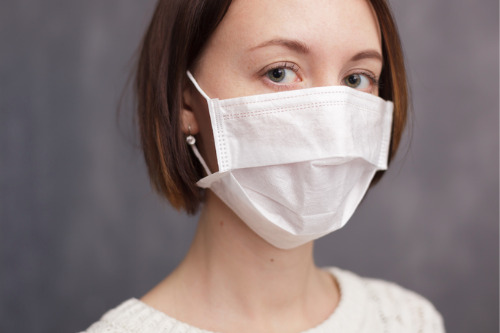People dying from the pandemic are reportedly less likely to have life insurance coverage

During the initial outbreak of the coronavirus pandemic, the life insurance industry was expected to be hit with increased death benefit claims as COVID-19 fatalities rise. But in the case of U.S. companies, actual payouts are turning out to be far less, leading many to revise their projections.
“In the past few weeks, many life-insurance companies have sharply reduced estimates of their exposure, as measured by payouts per 100,000 U.S. Covid-19 fatalities,” reported the Wall Street Journal.
Citing Credit Suisse stock analyst Andrew Kligerman, the Journal said that estimates have fallen by an average of 40% to 50%.
One company, Principal Financial Group, estimated on March 30 that it would have to pay out US$20 million per 100,000 deaths, but has since changed that to US$10 million. Equitable initially projected payouts to fall within US$100 million to US$130 million per 100,000 deaths, but has shrunk it to US$30 million to US$60 million. Prudential Financial, meanwhile, has slashed its forecast from US$200 million to US$70 million.
The rapid reduction in exposure estimates has been driven significantly by older Americans and minorities, two groups that are disproportionately impacted by COVID-19. According to the Journal, elderly Americans often have smaller policies than those still in the workforce, who typically have to ensure obligations like mortgages, their children’s education, and their surviving dependents’ other needs are provided for. At the same time, data from the U.S. Centers for Disease Control and Prevention show that around four-fifths of U.S. fatalities involving COVID-19 have been at least 65 years old.
The pandemic has also had an outsized impact on minorities, including African Americans. U.S. government data show more than a fifth of COVID-19 deaths have involved non-Hispanic people, even though that demographic represents just roughly 13% of the overall population.
“Black Americans typically have bought modest policies aimed at paying burial and related costs,” the Journal said, citing a decades-long pattern that it says is known among life-insurance agents and historians. The exact trend is hard to verify, as U.S. life insurers stopped collecting race data as civil-rights action in the 1960s compelled them to quit using it as a factor in underwriting and pricing policies.
Prior to that change, Black Americans have had to pay more for life insurance than Caucasians, partly because of their shorter life expectancies. Since then, companies and Black Americans have been locked in a chicken-and-egg dynamic that has kept the latter mostly in smaller policies. According to Eugene Mitchell, a former head of a unit at New York Life Insurance that had boosted sales of larger policies to African-Americans:
“[Many companies] don’t talk to Black people because they perceive that Black people aren’t interested in larger life-insurance policies, or Black people aren’t interested in larger policies because the companies don’t talk to them about all available options beyond burial policies.”
One other factor affecting COVID-19 mortality payout estimates, the Journal said, is the outsized role played by diabetes, cardiovascular disease, and obesity, all of which are more likely to affect minority groups and low-income individuals that tend to have less life insurance coverage. Individuals affected by such conditions, in addition, can either be denied life insurance or discouraged from getting coverage by the higher premium rates they would have to pay.



